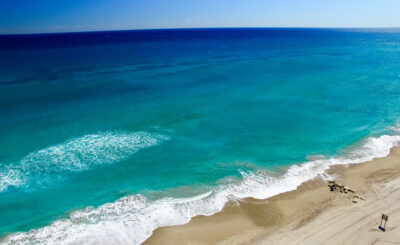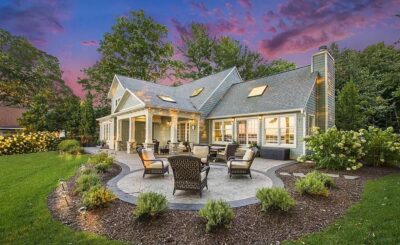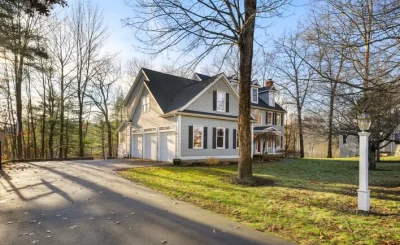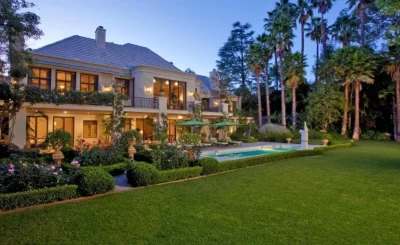Professional advice from landscape services for your property’s landscape would range from the choice of plants, materials and use of space. In this article, we take a look at some areas that are commonly overlooked during the landscape planning process, as well as the advice that landscaping mishawaka in professionals have for these areas.
The Value of a Landscape
Having landscape design that will compliment a house or place needs blending the environments with the design of your home or building involved. There are a number of variables associated with getting to a result that is not only appealing but suits your individual desires also. When preparing such an endeavor it is constantly great to seek advice from a specialist landscaper for landscape design concepts and aid.
Choosing Local Plants
Indigenous plants are plants that thrive normally in your area. They have developed with the regional environment and the dirt, so are normally flawlessly suited to your atmosphere. However, if you have a current structure site and are considering subsurface clay etc, as discussed above, you will still require to enhance your soil prior to planting.
There are several advantages to making use of regional plants besides their ability to grow in your garden. They are frequently reduced upkeep and flourish without the addition of fertilisers or pesticides and they offer food and shelter for native wild animals. There are native plants to fit any kind of style of yard, so you do not have to have a bush garden if that doesn’t attract you. Do not eliminate native plants from parks and bushland. Your regional council should have the ability to supply you with info on nurseries that expand indigenous plants.
A Balance of Empty Spaces
Voids or empty spaces likewise “fill up” a distinctive location and include aesthetic mass. Voids additionally incorporate a certain space or form in the garden. When creating, empty space is more important than busy space. Empty spaces in a landscape offer to balance and unify specific components.
Frequently, grass, patios, or other voids are made up of leftover space. An extra efficient technique is to deliberately make the voids. When outlining bed lines or developing new hardscape aspects, attempt making the void instead of the occupied. Growing beds, hardscape and centerpieces will fall into place around these intentional areas.
Avoid Fake Turf
Looking to change your grass? Understand that man-made turf isn’t environmentally smart or cost-efficient. It preserves warm and produces gasses for many years. What’s even more, the underlying granules tend to move into the water system– and into your residence.
If you really want a lawn, choose a yard mix created particularly for your location’s environment, and afterwards level out the water requirements by utilizing low-water plants and natives elsewhere in the yard. Even better: plant a field or a no-mow lawn– and enjoy your extra leisure time now that you don’t need to mow, weed, or fertilize.








